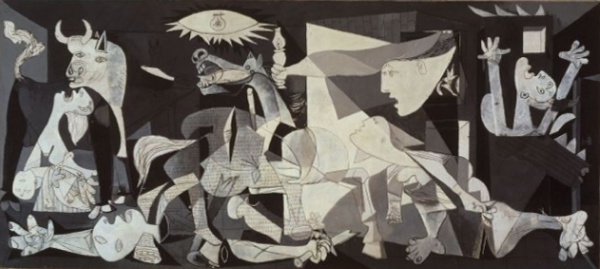Facts About Guernica
"Guernica" is one of the most renowned oil paintings by Spanish artist Pablo Picasso. Created in 1937, it is presently housed at the Museo Reina Sofía in Madrid. This compelling piece, rendered in shades of gray, black, and white, poignantly captures the devastation of war, specifically focusing on the bombing of the town of Guernica during the Spanish Civil War.
Picasso was commissioned to paint this mural for the 1937 Paris World's Fair. Upon its initial unveiling, it received mixed reviews. The painting is rich in symbolism, leading to varied interpretations of its elements such as the bull and the horse over the years.
To fully grasp the impact of "Guernica" it is essential to understand the historical context. On April 26, 1937, the town of Guernica was bombed by Nazi Germany and Fascist Italy, an event that profoundly influenced Picasso. The narrative also explores Picasso's creative process, the painting's composition, and its journey through exhibitions and tours worldwide.
The significance of "Guernica" extends beyond its initial reception. It played a pivotal role in post-Franco Spain and became a symbol of Basque nationalism. Additionally, the tapestry version of "Guernica" at the United Nations has its own notable history. It was infamously covered during a press conference about the Iraq War, igniting discussions about its powerful message.

 Andorra
Andorra